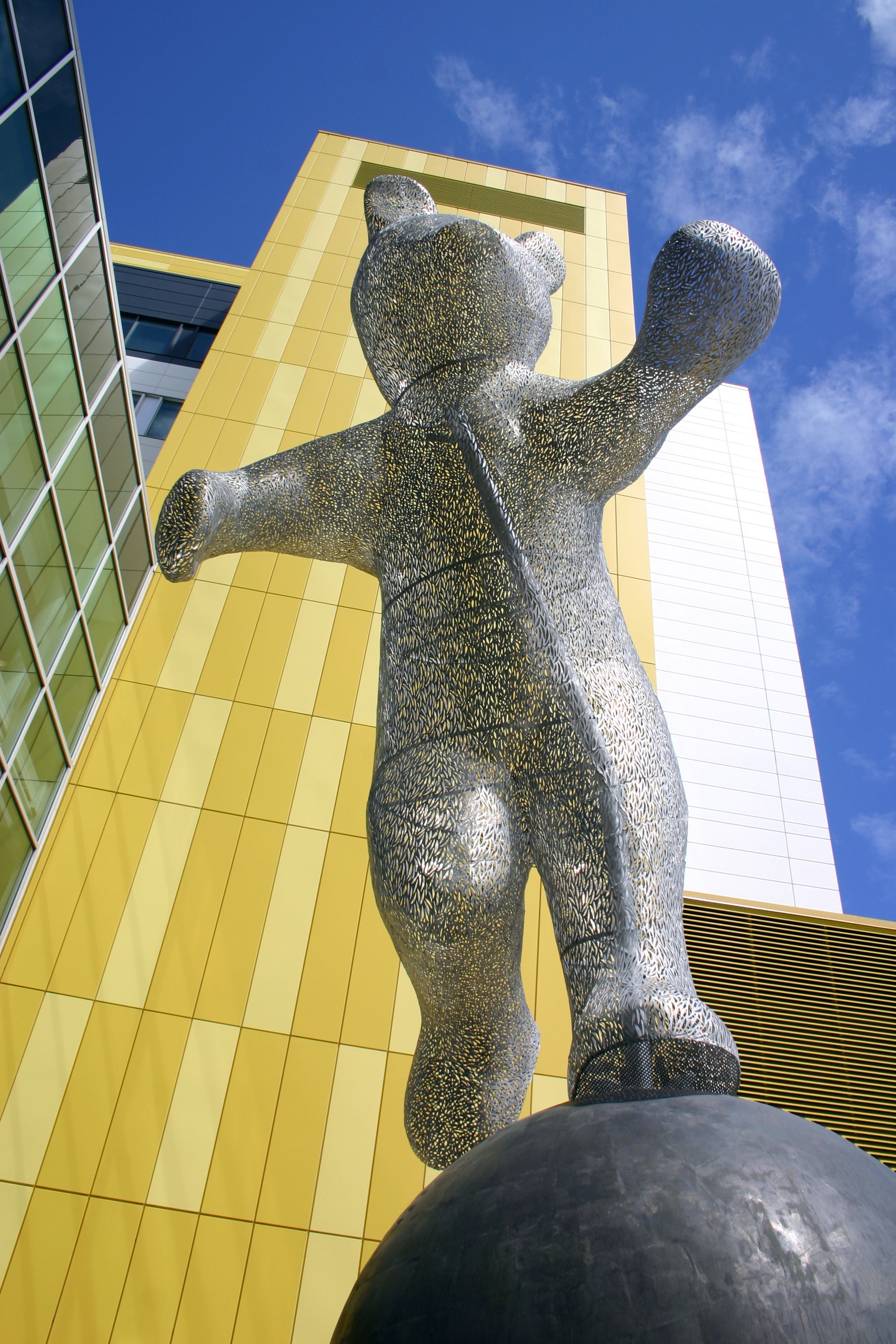Montreal and public art, the final segment of a feature story published in two parts
Last week, part one of this story explained how public art was established in the city of Montreal and the province of Quebec.
When questioned about the importance of investments and politics of public art, Pascal Beaudet, project manager at the Ministry of Culture and Communications, said it enables artists to create imposing works. It gives them unequalled experience, as they are offered a great amount of money to create enormous pieces of art. “You don’t start creating monumental 35-feet pieces of art for your backyard,” said Beaudet.
“It brings many things to many people,” said artist Linda Covit about public art. Public pieces make art accessible, because people don’t have to enter museums or galleries to see works of art. How many times have you been to the Montreal Contemporary Art Museum this year? Probably not that many times, especially when compared to the numbers of times you’ve walked by works of contemporary art in the city.
After the screening of the documentary À Tout Hasard, artists took the time to discuss with the public why public art mattered to them. Artist Jean-Robert Drouillard said, due to a lack of contracts last year, he had to spend six months working for artist Marc-Antoine Côté. Public art allows professional artists to work and contribute to the urban planning, said Laurent Vernet, the commissioner of the Montreal Public Art Bureau.
Public art can prompt positive reactions too. Covit said a citizen once wrote to her about one of her pieces in St-Bruno, expressing how happy he was to walk past it everyday. “It really touched me,” said Covit.
A school in Ville Saint-Laurent even used the name one of artist Michel Saulnier’s sculptures to rename the school. He said he still receives reactions about pieces, inspired by architecture, that have been installed for 25 years. “The work is living,” said Saulnier.
Public art really aims to integrate into the landscape, giving an identity to the location and becoming part of people’s lives. It makes people think and ask questions. For Johanne Sloan, an art history professor at Concordia University, public art makes art less elitist. “It brings art closer to everyday life,” she said. With time, Vernet said, those works of art become intricately attached to their location, using the example of the Melvin Charley sculpture at the Émilie-Gamelin park. “We can’t imagine those places without those works that define them and that give them their identity,” said Vermet.
Photo from Flickr
Covit, who also created a monumental piece for the MUHC, said it’s important not to forget that the money invested in public art doesn’t go all into the artists’ wallet. For her MUHC sculpture, Le Havre, she had engineers, technicians, manufacturers, painters, electricians and light creators working with her. Those collaborators, and the materials needed for the sculpture, were paid for through the projects building budget. More than just public critics, some art historians also hold negative positions on the subject. Sloan criticized the one per cent decree because it can result in what she considers “bland art.” According to the professor, artists who want to please the public might create pieces that are not upsetting but that are not exciting either. “The more the artwork is triggering conversation, the more successful it is as public art,” said Sloan. Vernet, on the other hand, believes works of public art usually follow the artist’s line of creation and are not created only to please the public.
For Sloan, permanent public art tends to become like a type of furniture in the landscape, always there, which results in people not paying attention to it. Sloan said that other directions could be taken to make the works more interesting to the public. She said temporary pieces of public art, which could trigger less anger because of their brief appearances, could encourage very interesting conversations. Trafalgar Square in London, for example, had a project called The Fourth Plinth Project, which offered a space for artists to create temporary contemporary sculptures amongst traditional permanent statues. “I think those projects are much more successful,” said Sloan.
To read the feature from beginning to end in its entirety visit theconcordian.com/section/arts.
